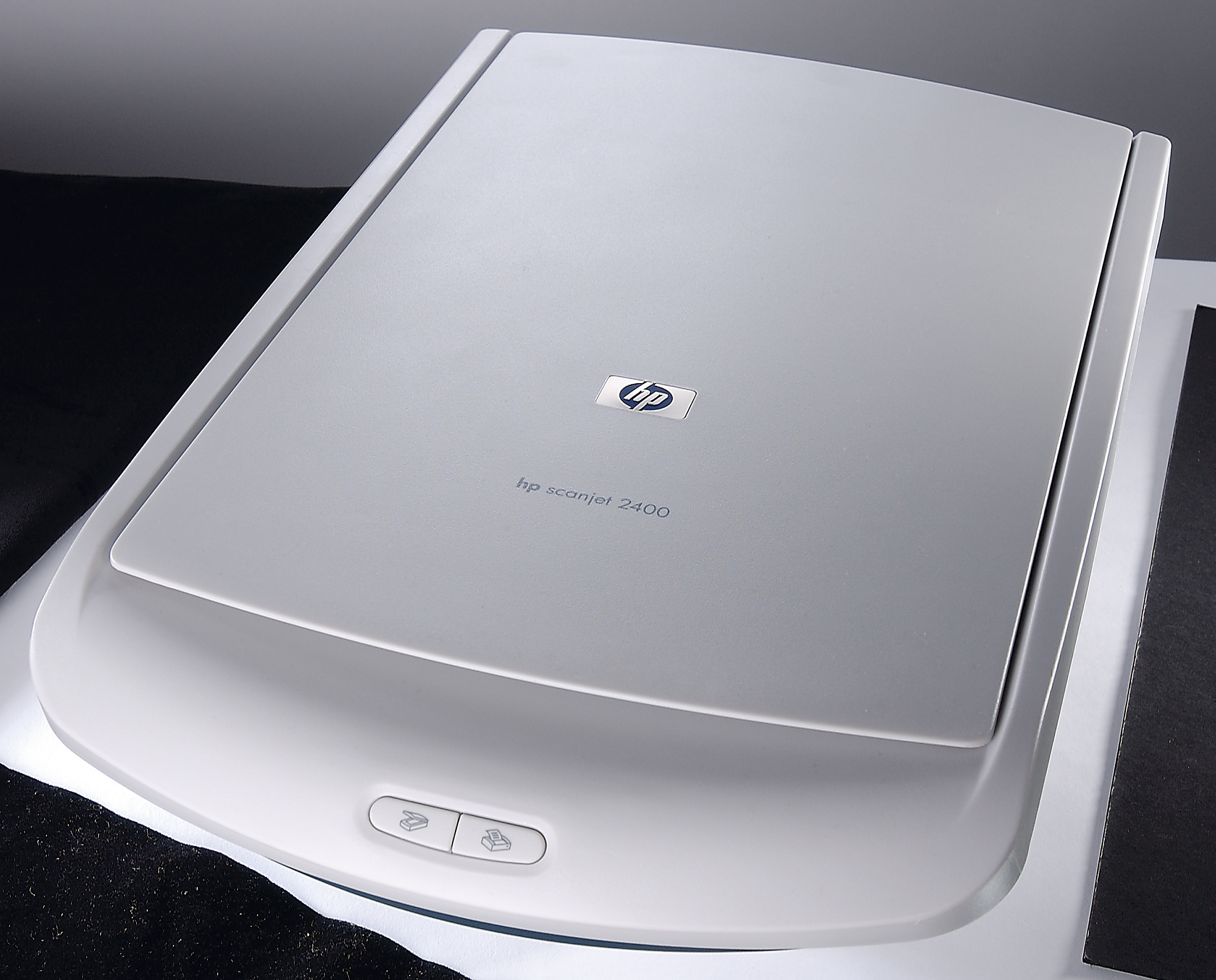TechRadar Verdict
It may save you money, but its crawling performance will cost you in terms of productivity
Pros
- +
It's inexpensive
Not very complicated
Reasonable software bundle
Cons
- -
Slow as a comatose snail on Valium
Very plain to look at
Indifferent scan quality
Why you can trust TechRadar
Okay, in your own time and when you're ready! No rush... Some three and a half minutes later, the HP Scanjet wheezes its way to the end of our test scan like a fell walker who's just smoked 40 Capstan Full-Strength before tackling Mount Everest.
Now there's nothing wrong in trying to keep the cost of a product down, but this budget scanner from HP takes cost-cutting to a new low - and it shows. On paper, the 1,200dpi and 48-bit colour resolution looks pretty good, but in practice the Scanjet 2400 produces blue and red fringed scans that match the toy-like build quality of this modest-looking little flatbed.
Sadly, the software bundle that comes with HP's Scanjet range isn't much better than the scanner itself. HP was one of the first companies to support scanners in OS X, and some fundamental errors were made back in those early days.
The poor interface of the scanning software and the lack of an intuitive workflow make HP scanners a bit of a chore to use. Add in the sluggishness of the performance and you have a scanner that wouldn't really be very good value if it were free.
That may sound a little harsh, but consider this: if your scanner takes around three times as long to scan an image as anyone else's, then unless time means absolutely nothing to you, this scanner will actually end up costing you money in the form of lost productivity.
Another major bugbear for us was an annoying grain of polystyrene that was stubbornly clinging to the underside of the scanner's glass plate. We couldn't shift it and it showed up on all our scans. Good-quality scanners should be as airtight as possible - this one lets in foreign bodies all too easily and there doesn't seem to be any way of getting them out. Mark Sparrow
Tech.co.uk was the former name of TechRadar.com. Its staff were at the forefront of the digital publishing revolution, and spearheaded the move to bring consumer technology journalism to its natural home – online. Many of the current TechRadar staff started life a Tech.co.uk staff writer, covering everything from the emerging smartphone market to the evolving market of personal computers. Think of it as the building blocks of the TechRadar you love today.

I tried Lenco's gorgeous and affordable new wireless turntable, and this will be hard to beat for the money

Could this be Lenovo's first NAS? A proof of concept for network-attached storage has emerged, featuring two Type-C connectors and a dedicated Ethernet port

The rise of RISC: 2025 will be the year of the first quasi-mainstream RISC-V laptop as confirmed by the CEO of Framework but I don't think it will be ready for primetime
